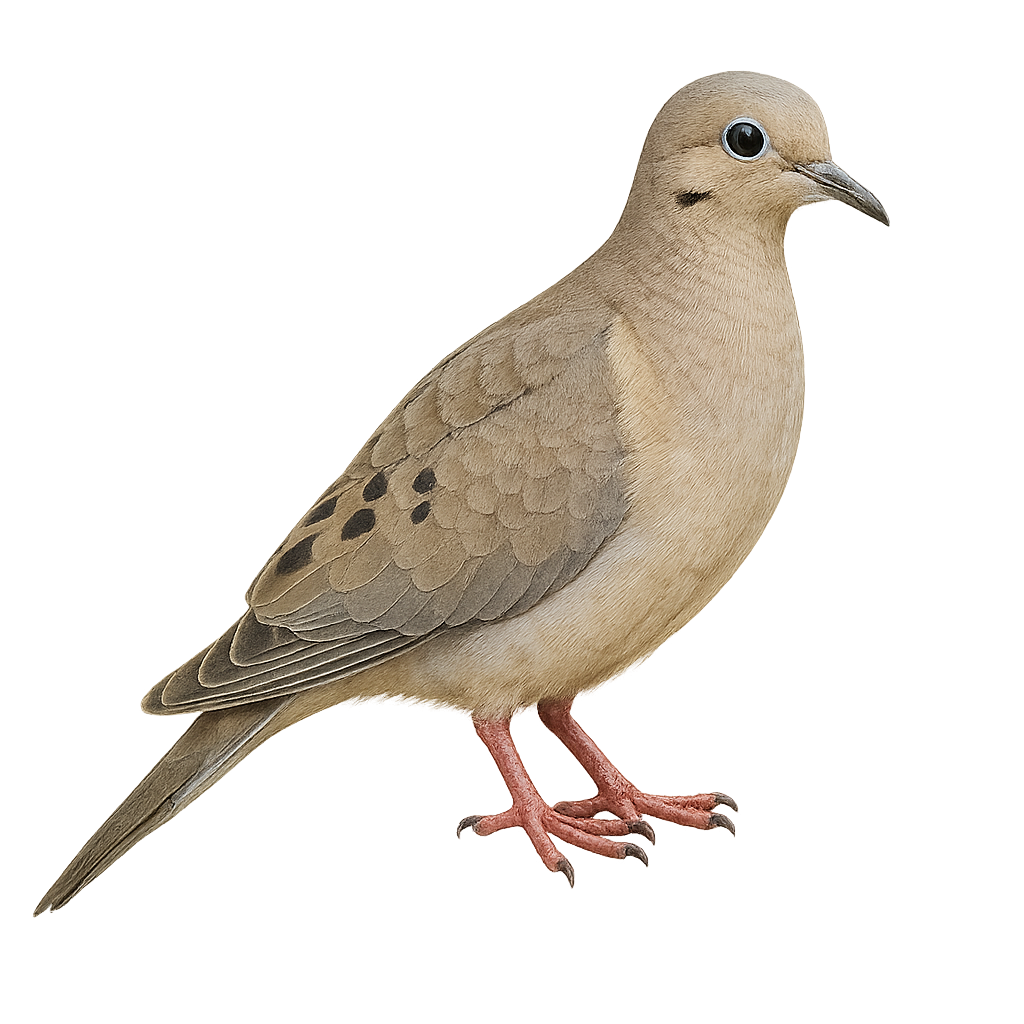Your wildlife photography guide.
Explore the mourning dove in detail, study its behavior, prepare your shots.
Where to observe and photograph the mourning dove in the wild
Learn where and when to spot the mourning dove in the wild, how to identify the species based on distinctive features, and what natural environments it inhabits. The WildlifePhotographer app offers tailored photography tips that reflect the mourning dove’s behavior, helping you capture better wildlife images. Explore the full species profile for key information including description, habitat, active periods, and approach techniques.
Mourning Dove
Scientific name: Zenaida macroura

IUCN Status: Least Concern
Family: COLUMBIDAE
Group: Birds
Sensitivity to human approach: Tolerant
Minimum approach distance: 10 m
Courtship display: March to September
Incubation: 14-15 jours
Hatchings: March to October
Habitat:
Forests, grasslands, urban areas
Activity period :
Primarily active during the day, with peak activity in the morning and late afternoon.
Identification and description:
The Mourning Dove, Zenaida macroura, is an elegant and graceful bird, easily recognizable by its light brown plumage and black spots on the wings. It features a long, tapered tail and dark eyes surrounded by a pale ring. This bird is widespread across North America, inhabiting various environments from urban areas to open countryside. The Mourning Dove is known for its melancholic song, a soft cooing often heard at dawn and dusk. It primarily feeds on seeds, which it pecks from the ground. Although often seen in pairs or small groups, it can form large flocks during migrations.
Recommended lens:
400 mm – adjust based on distance, desired framing (portrait or habitat), and approach conditions.
Photography tips:
To photograph the Mourning Dove, focus on the golden hours of morning or evening when the soft light highlights the nuances of its plumage. Use a 400mm lens or longer to capture details without disturbing the bird. Be patient and discreet, as it is tolerant but still aware of its surroundings. A tripod can be helpful to stabilize your camera, especially if using slower shutter speeds. Try to capture the dove while it is singing to add a sound dimension to your image.
The WildlifePhotographer App is coming soon!
Be the first to explore the best nature spots, track rutting seasons, log your observations, and observe more wildlife.
Already 1 432 wildlife lovers subscribed worldwide

